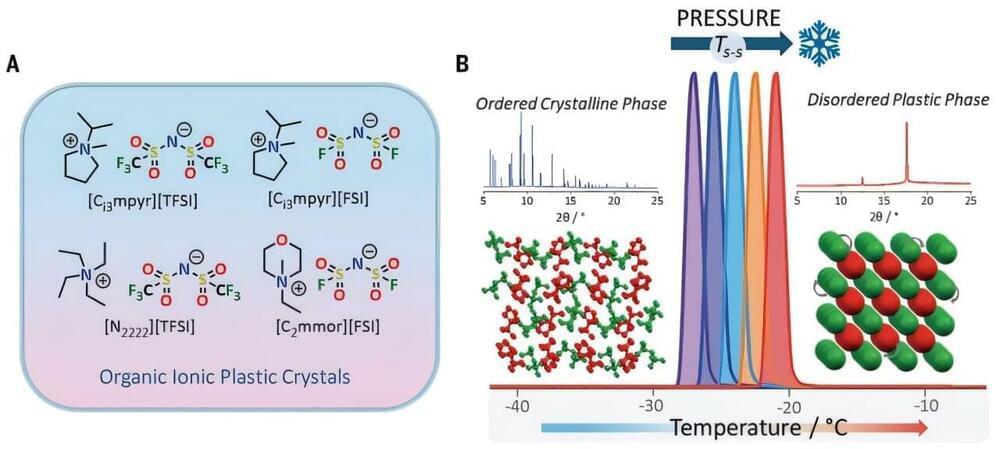Scientists have vastly reduced the temperatures and conditions needed to grow special diamonds for computing, making faster and more efficient computing chips a more realistic proposition.




Paint System lets you experience the magic.

A new study from Vanderbilt University Medical Center shows that clinical alerts driven by artificial intelligence (AI) can help doctors identify patients at risk for suicide, potentially improving prevention efforts in routine medical settings.
A team led by Colin Walsh, MD, MA, associate professor of Biomedical Informatics, Medicine and Psychiatry, tested whether their AI system, called the Vanderbilt Suicide Attempt and Ideation Likelihood model (VSAIL), could effectively prompt doctors in three neurology clinics at VUMC to screen patients for suicide risk during regular clinic visits.
The study, reported in JAMA Network Open, compared two approaches—automatic pop-up alerts that interrupted the doctor’s workflow versus a more passive system that simply displayed risk information in the patient’s electronic chart.

DGIST’s triple-layer solid polymer electrolyte battery improves safety, efficiency, and durability, addressing dendrite issues while retaining 87.9% performance after 1,000 cycles. It holds promise for diverse applications, including electric vehicles and energy storage systems.
A research team from DGIST’s Division of Energy & Environmental Technology, led by Principal Researcher Kim Jae-hyun, has developed a lithium metal battery using a “triple-layer solid polymer electrolyte.” This innovation significantly improves fire safety while extending the battery’s lifespan, making it a promising solution for applications in electric vehicles and large-scale energy storage systems.
Conventional solid polymer electrolyte batteries face challenges due to structural limitations that impede optimal contact between electrodes. These limitations fail to address the issue of “dendrites”—tree-like lithium formations that occur during repeated charging and discharging cycles. Dendrites pose a critical safety risk, as their irregular growth can damage battery connections and lead to fires or explosions.

Advances in inertial confinement fusion and innovative modeling have brought nuclear fusion closer to reality, offering insights into high-energy-density physics and the early universe.
The pursuit of controlled nuclear fusion as a source of clean, abundant energy is moving closer to realization, thanks to advancements in inertial confinement fusion (ICF). This method involves igniting deuterium-tritium (DT) fuel by subjecting it to extreme temperatures and pressures during a precisely engineered implosion process.
In DT fusion, most of the released energy is carried by neutrons, which can be harnessed for electricity generation. Simultaneously, alpha particles remain trapped within the fuel, where they drive further fusion reactions. When the energy deposited by these alpha particles surpasses the energy input from the implosion, the plasma enters a self-sustaining “burning” phase. This significantly boosts energy output and density.


